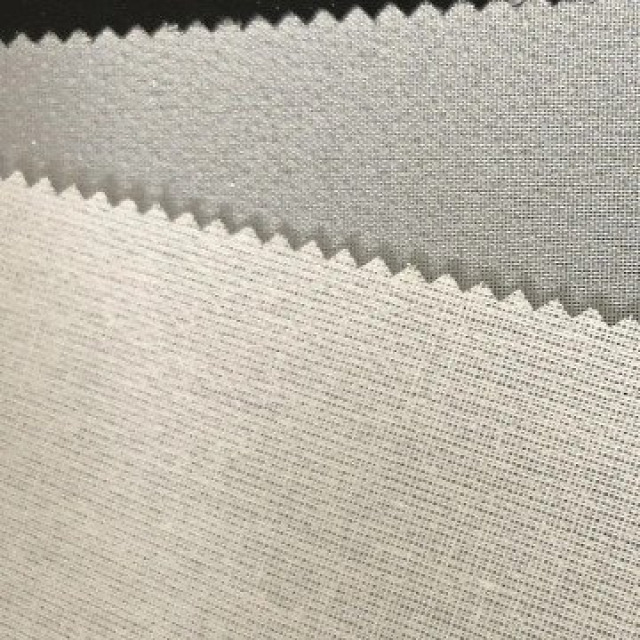In the dynamic world of textile manufacturing, the importance of quality control cannot be overstated. One crucial component in the realm of textiles is fusible interlining – a material that plays a pivotal role in providing structure and stability to garments. In this blog post, we will delve into the intricate art of quality control and explore how top fusible interlining suppliers ensure consistency in their products.
Understanding Fusible Interlining:
Before we dive into the nuances of quality control, it's essential to have a clear understanding of what fusible interlining is and its significance in the textile industry. Fusible interlining is a fabric that contains an adhesive on one or both sides, designed to be attached to the garment fabric using heat and pressure. This additional layer enhances the garment's structure, shape, and overall appearance.
The Role of Quality Control:
Quality control is the linchpin in the production process of fusible interlining. It is a systematic approach to ensuring that products meet the desired standards and specifications. In the context of fusible interlining, quality control encompasses various stages of production, from raw material inspection to the final product.

- Raw Material Inspection: The journey of quality control begins with a meticulous examination of the raw materials. Top fusible interlining suppliers source high-quality fabrics and adhesives to ensure the foundation of their products is strong. Fiber content, thread count, and adhesive composition are scrutinized to meet the stringent requirements set by industry standards.
- Adhesive Application: The adhesive application process is a critical phase in fusible interlining production. Quality control measures are implemented to guarantee precise and uniform application of adhesive on the fabric. The thickness and distribution of the adhesive layer are closely monitored to avoid inconsistencies that may affect the interlining's performance.
- Bonding Strength Assessment: Ensuring the adhesive bonds effectively with the garment fabric is paramount. Top suppliers employ advanced testing methods to assess the bonding strength of the fusible interlining. These tests involve subjecting samples to varying temperatures, pressures, and durations to simulate real-world garment care conditions.
- Wash and Wear Testing: One of the ultimate tests of fusible interlining quality is its performance during the garment's lifecycle. Suppliers conduct rigorous wash and wear tests to evaluate the interlining's durability, colorfastness, and resistance to deformation. This step is crucial in ensuring that the interlining maintains its integrity even after repeated laundering.
- Consistency Across Batches: Maintaining consistency across production batches is a hallmark of top fusible interlining suppliers. Through statistical process control and regular sampling, these suppliers monitor and control variables to minimize batch-to-batch variations. This dedication to consistency ensures that each roll or sheet of fusible interlining meets the same high standards.
Advanced Technology in Quality Control:
The landscape of quality control in fusible interlining has evolved with advancements in technology. Top suppliers leverage cutting-edge equipment and automation to enhance the precision and efficiency of their quality control processes. Automated inspection systems can detect imperfections, irregularities, or deviations from specifications with unparalleled accuracy.
Environmental Considerations:
In addition to product quality, leading fusible interlining suppliers are increasingly conscious of their environmental impact. Quality control measures extend beyond the product itself to include sustainable practices in manufacturing. This may involve eco-friendly adhesive formulations, waste reduction strategies, and adherence to environmental regulations.
The art of quality control in fusible interlining production is a meticulous and multifaceted process. Top suppliers go above and beyond to ensure that their products not only meet but exceed industry standards. From raw material inspection to the final product, each stage is scrutinized with precision and care. As technology continues to advance, the landscape of quality control evolves, providing new opportunities for innovation and sustainability in the textile industry. The commitment to consistency and quality ensures that the garments we wear are not only stylish but also built to stand the test of time.

